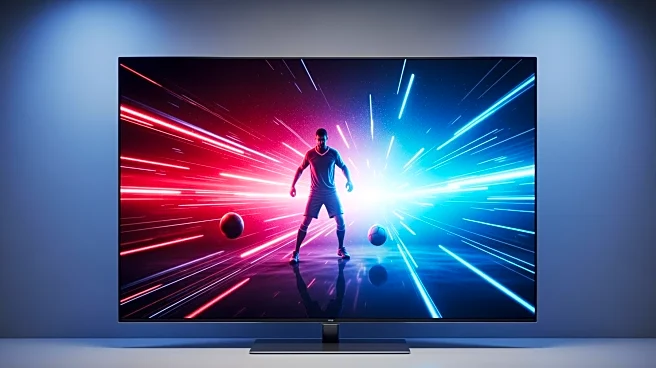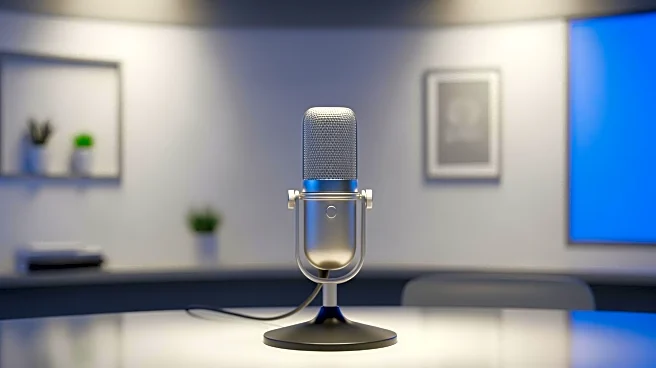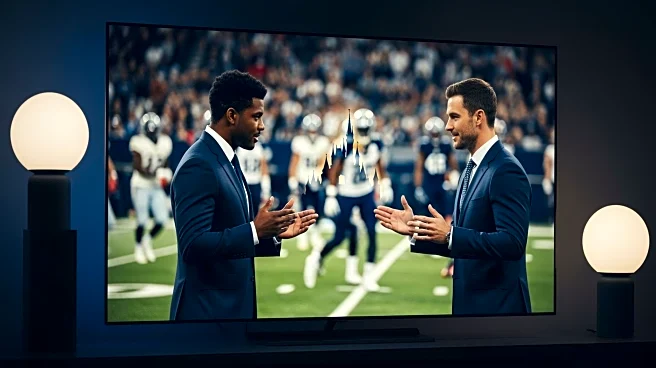What's Happening?
ESPN is under scrutiny due to its involvement in the ongoing contract dispute between Disney and YouTube TV, which has led to the removal of ESPN content from the streaming service. Barstool's Dan 'Big
Cat' Katz and Pat McAfee have publicly criticized ESPN for its role in the blackout, which prevents sports fans from accessing ESPN content on YouTube TV. Katz expressed frustration over ESPN's new app and its ownership of Hulu and Fubo, accusing the company of disadvantaging consumers who have cut the cord. The dispute has resulted in the removal of channels like ABC, FX, and ESPN from YouTube TV, affecting viewers' ability to watch live sports events, including NFL games. Disney has accused Google, YouTube's parent company, of refusing to pay fair rates for its channels, while YouTube TV claims Disney is attempting to raise prices as a negotiation tactic.
Why It's Important?
The dispute between Disney and YouTube TV has significant implications for sports fans who rely on streaming services to watch live events. The blackout affects access to popular sports channels, disrupting viewing experiences and potentially driving consumers to seek alternative streaming options. This situation highlights the challenges faced by cord-cutters in accessing comprehensive sports coverage without traditional cable subscriptions. The conflict also underscores the broader issue of rising costs and competitive dynamics in the streaming industry, as companies vie for market share and negotiate content distribution agreements. Consumers may face increased subscription fees or limited access to desired content as a result of these disputes.
What's Next?
As the dispute continues, sports fans may explore other streaming services that offer access to ESPN and related channels. DIRECTV and Sling TV are among the alternatives providing temporary access to affected channels, with DIRECTV offering a free trial and Sling TV providing flexible one-day passes. The resolution of the Disney-YouTube TV conflict will likely depend on negotiations over pricing and content distribution terms. Stakeholders, including sports networks and streaming platforms, may need to reassess their strategies to ensure consumer satisfaction and maintain competitive advantage in the evolving media landscape.











